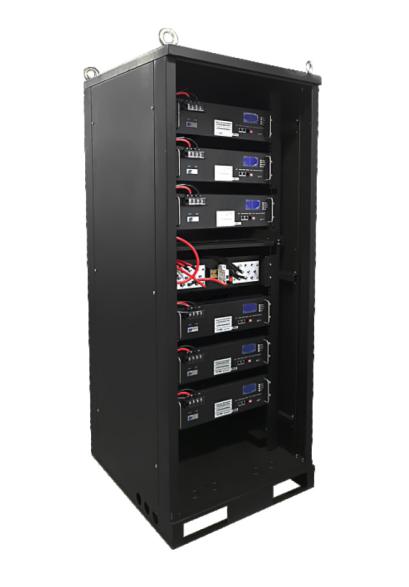- 22
- Nov
Application and basic principle of integrated icR5426 in lithium battery source:
Introduced the application and working principle of the R5426 chip in the microcontroller
Nowadays, portable electronic products are becoming more and more popular, and their battery equipment has become the focus of attention. Lithium batteries and polymer lithium batteries have gradually replaced nickel-cadmium batteries and nickel-hydrogen batteries as the first choice for portable devices due to their high energy density, long use time, and high environmental protection requirements. Ricoh’s lithium-ion repair chip R5426 series is specially designed for portable devices such as mobile phones, pdas, and monolithic lithium batteries.

R5426 series is an overcharge/discharge/overcurrent maintenance chip, which can be charged with a lithium ion/battery.
R5426 series are manufactured with high voltage technology, withstand voltage not less than 28V, packaged in 6-PIN, SOT23-6 or SON-6, with low power consumption (typical power current value of 3.0UA, typical standby current value of 0.1UA), high precision Detection threshold, various maintenance limit thresholds, built-in output delay charging and 0V charging functions, functional maintenance after confirmation.
Each integrated circuit consists of four voltage detectors, a reference circuit unit, a delay circuit, a short-circuit keeper, an oscillator, a counter and a logic circuit. When the charging voltage and charging current increase from small to large and exceed the corresponding threshold detectors (VD1, VD4), the output pin Cout is overcharged by the output voltage detector /VD1 to maintain, and the overcharge and overcurrent detector /VD4 passes the corresponding The internal delay shifts to low level. After the battery is overcharged or overcharged, remove the battery pack from the charger and connect the load to VDD. When the battery voltage drops below the overcharge value, the corresponding two detectors (VD1 and VD4) are reset, and the Cout output becomes high. If the battery pack is still in the charger, even if the battery voltage is lower than the overcharge test value, overcharge maintenance cannot be exempted.
DOUT pin is the output pin of overdischarge detector (VD2) and overdischarge detector (VD3). When the discharge voltage is lower than the threshold voltage VDET2 of the overdischarge detector from high to low, that is, lower than VDET2, the DOUT pin drops to low after an internal fixed delay.
After detecting over-discharge, if the charger is connected to the battery pack, when the battery supply voltage is higher than the threshold voltage of the over-discharge voltage detector, VD2 is released and DOUT becomes high.
Built-in over-current/short-circuit detector VD3, after a built-in fixed delay, by changing the output DOUT to low level, the discharge over-current status is sensed and the discharge is cut off. Or when a short-circuit current is detected, the DOUT value is immediately reduced, and the discharge is cut off. Once the overcurrent or short circuit is detected, the battery pack is separated from the load, VD3 is released, and the DOUT level increases.
In addition, after detecting the discharge, the chip will suspend the operation of the internal circuit to keep the power consumption very low. By setting the DS terminal to the same level as the VDD terminal, maintenance delays can be shortened (except for short-circuit maintenance). In particular, the overcharge maintenance delay can be reduced to 1/90, which reduces the time required to test and maintain the circuit. When the DS terminal level is set within a certain range, the output delay is cancelled, and overcharge and overcharge current are detected immediately. At this time, the delay is about tens of microseconds.
